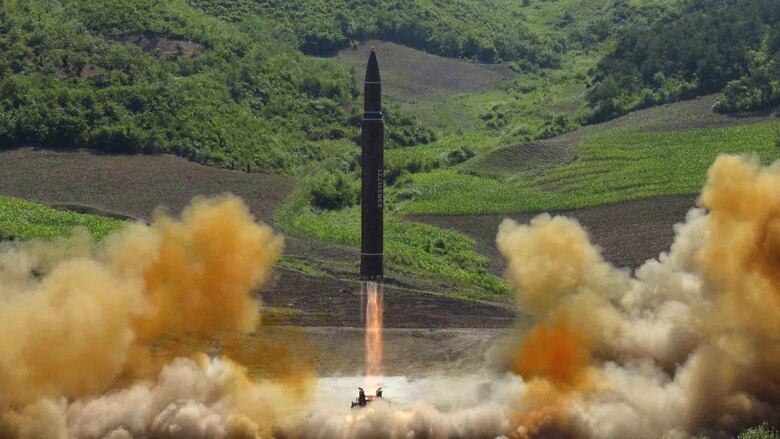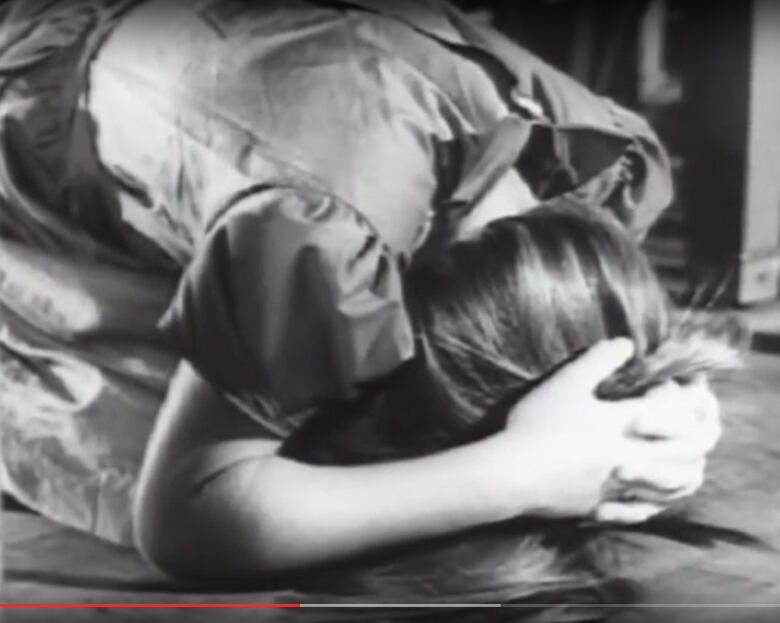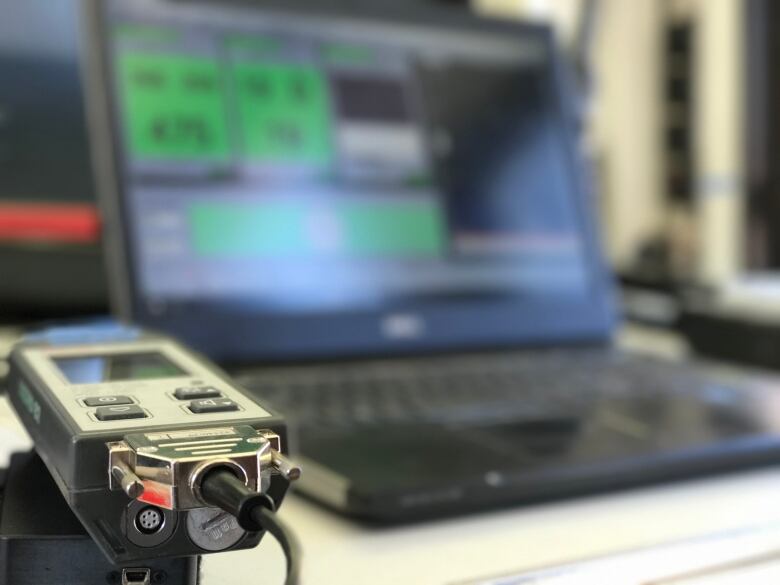North Korean nuclear threat has Californians updating 'Duck and cover'
With Los Angeles possibly within range, some are even thinking of investing in bunkers


"They say that they now have missiles that can reach Los Angeles," says Diane Gutentag, an L.A.-based fashion executive. "We obviously live in a city that would be targeted. It's terrifying."
"I do think about it and I'm really scared," agrees Nilou Settimio. "I mean I think what we need to start thinking about investing in is building bunkers. That's how seriously I take it."
- North Korea threatens 'enveloping fire' around Guam after Trump warning
- North Korea claims all of U.S. in strike range as Trump says China has done 'nothing"
On Tuesday the rhetoric became more inflamed with an exchange of threats between U.S. President Donald Trump and North Korean leader Kim Jong-un, with Trump promising"they will be met with fire and fury like the world has never seen" and Kim replying that he has a planfor "enveloping fire" around Guam.
None of it would be taken so seriously if military experts had not predicted that North Korea's ICBMs have a range of more 10,000 kilometres, enough to reach well into the U.S.

"I feel vulnerable here in Ventura County simply because we're next door neighbours to L.A. County," says Dr. Robert Levin,Public Health Officer in Ventura County, 120kilometresnorth of Los Angeles. He recentlyhelped the county develop a detailed response plan to a nuclear attack.
Think of the traffic jam
"There would be fallout that could come our way," Levin says. "There could be a huge amount of traffic that came our way and I'm talking between one and two million cars on a highway system that doesn't normally support more than 250,000 cars in a day."
Part of the plan is a new awareness campaign to teach people how to survive a nuclear strike.
"Duck and cover is an outdated concept," he says. So he'sreplacing the old mantra with a new one.In the intentionally campy online video, a young man startled by a mushroom cloud over the horizon, picks up a guitar and starts singing about the new catchphrase: "Get inside, stay inside, stay tuned."
"If you get inside into the centre of the largest structure you can, you're away from any radiation from fallout," Levin explains. "If you stay inside, listen to the news. For instance if the fallout's heading the other direction orit's a false alarm you can go out, that's well and good. But you might hear the fallout's coming your way, stay inside, don't move. So 'Get inside, stay inside, stay tuned.'"

"For things like radiation you can't see it, taste it, smell it, all you really do is sense it," Lamensdorf says. "So the sensor readings are going to be really important to determine where a perimeter or boundary is and what's considered a safe or not safe condition."
Inside an L.A. County fire truck, he demonstrates how a radiameter wirelessly shares its data, which can be monitored in real time by experts as far away as theWhite House.
New system created after 9/11
"So that's creating a live picture of what actually is taking place in the field," Lamensdorf says. "Something can happen in Los Angeles and we can get an expert online in D.C. immediately."
He says eachhazmatteam in Los Angeles and in most of the neighbouring counties is equipped with the system, which has now been replicated in other major centresacross the country.

"I don't believe that the North Koreans have the capacity to hit the United States with a nuclear explosion," says Jacques Hymans, a professor of international relations at the University of Southern California.
"The United States built the Hiroshima bomb in three years using technology of the 1940s. And here we are in 2017 and the North Koreans are still not able to get a bomb with a yield that is equivalent to the Hiroshima bomb that was dropped in 1945," Hymans says. "Overall the North Korean threat really pales in comparison to other nuclear threats that we're facing around the world."
Diplomacy seen as better option
So resurrecting the idea of civil defence drills, he believes, would just stress people out for no reason.
"It's pretty hard to prepare for a nuclear attack," he says. "And so it might actually be better for people's psychological health just to go about their daily business, go to In-N-Out Burger or whatever and hope that the diplomacy works itself out."
- North Korea nuclear threat renews debate on Canada's participation in U.S. missile defence
- With North Korea pushing hard, U.S. faces high stakes, limited options
His message: Don't build that bunker just yet. All the energy used preparing for a nuclear strike would be better spent trying to prevent it from happening in the first place.
"The reality is that if a genuine nuclear bomb were to hit an American city it would be an absolute or any city in the world it would be an absolute catastrophe. Thousands and thousands of people would lose their lives. And it's very difficult to imagine any way to avoid that."












_(720p).jpg)


 OFFICIAL HD MUSIC VIDEO.jpg)
.jpg)



























































































